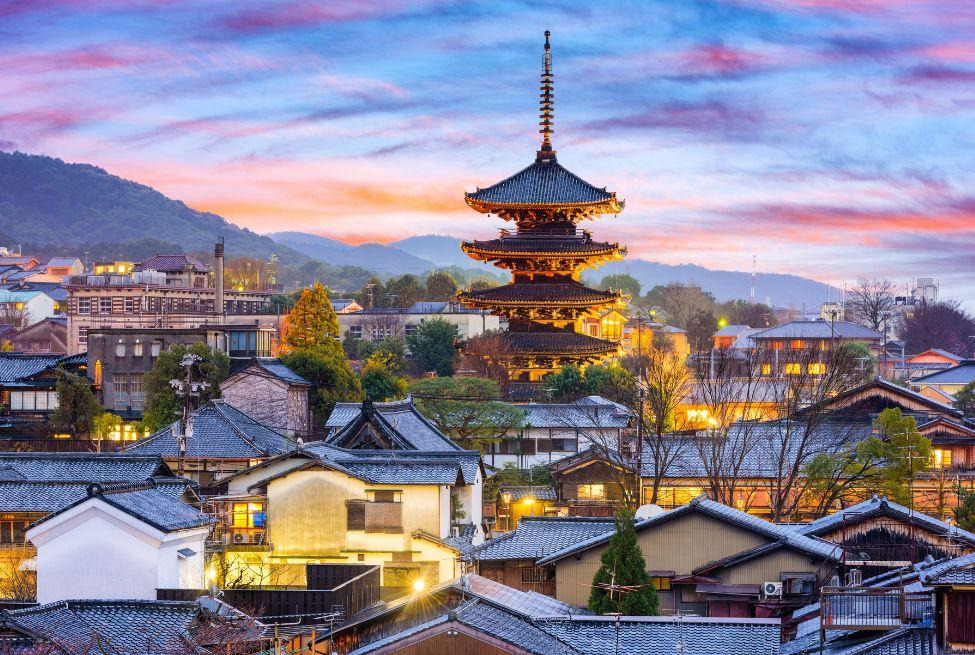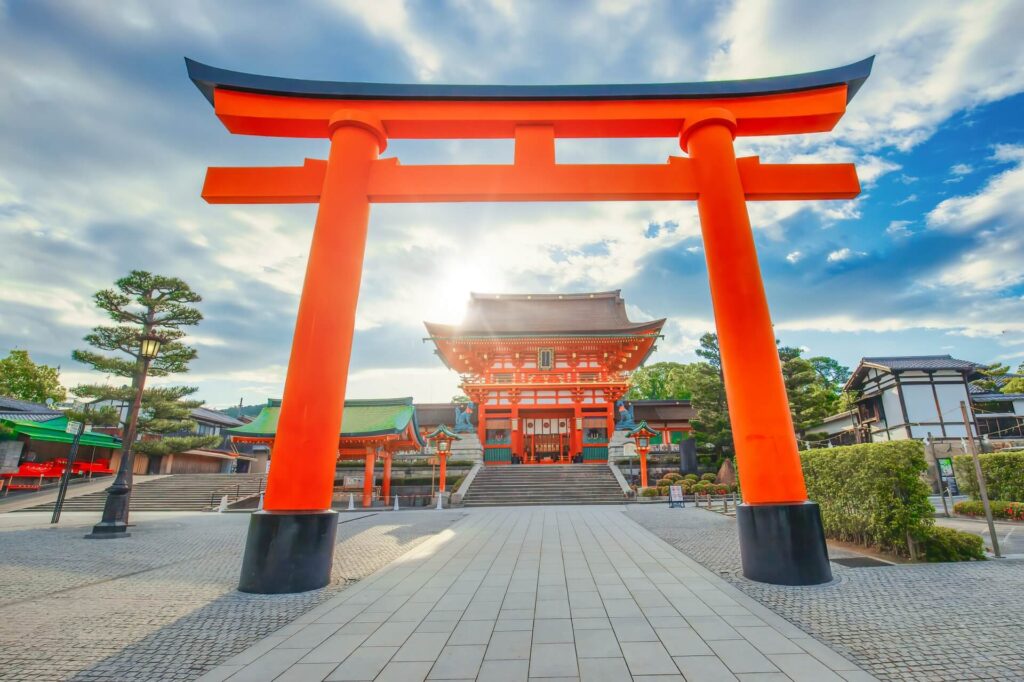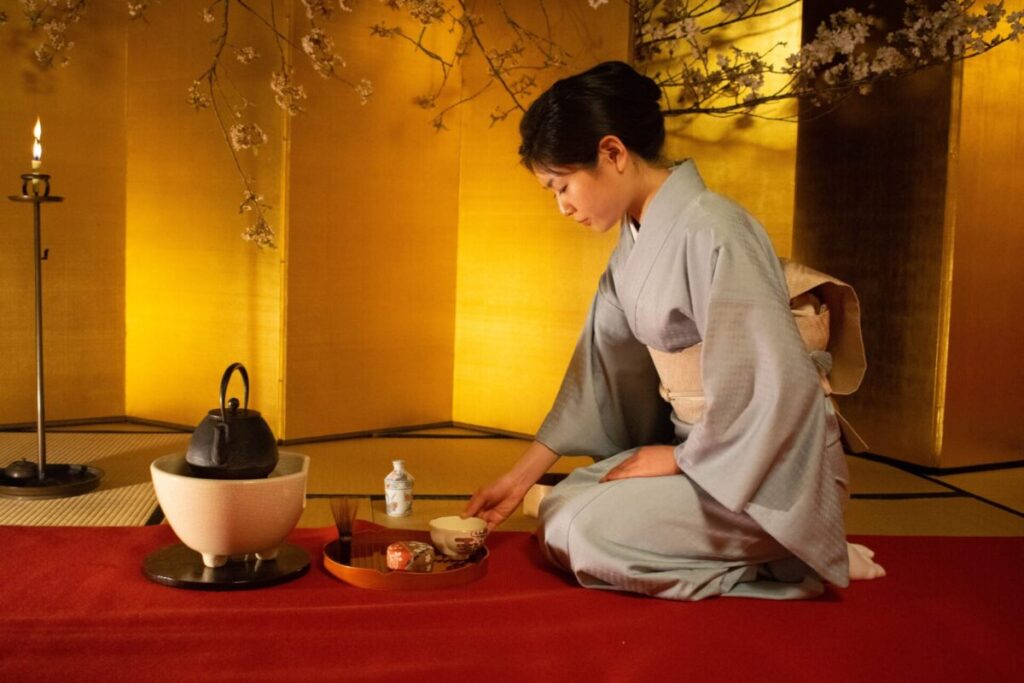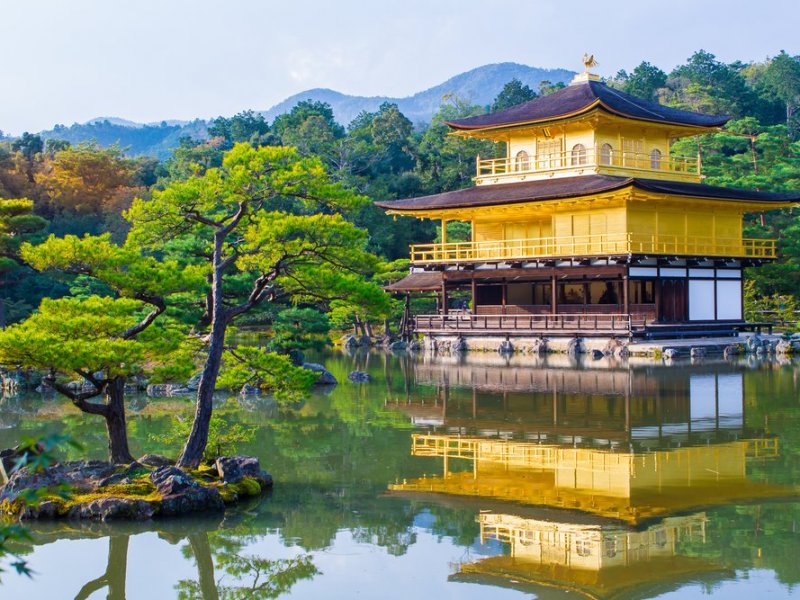 Between the first and second legs of the Samurai tour, we have a wonderful ‘stopover’ in the enchanting city of Kyoto. With its rich blend of history, culture, and natural beauty, it is a wonderful city to visit and explore. The purpose of this blog is to give you some suggestions for making the most of your time there based on the premise of having a single day to explore.
Between the first and second legs of the Samurai tour, we have a wonderful ‘stopover’ in the enchanting city of Kyoto. With its rich blend of history, culture, and natural beauty, it is a wonderful city to visit and explore. The purpose of this blog is to give you some suggestions for making the most of your time there based on the premise of having a single day to explore.
Morning
Start your morning at the iconic Fushimi Inari Taisha, famous for its thousands of vermilion torii gates. An early visit helps you avoid the crowds and enjoy a serene hike through the sacred Torii gate path up Mount Inari. If you are a coffee fan looking to make up for an absence of barista-style coffee on the tour itself, Kyoto ticks that box as well. I was recommended the % ARABICA Kyoto Higashiyama coffee house on a previous visit, and it did not disappoint. The coffee shops don’t tend to open super early, so it may be an option after visiting Fushimi Inari Taisha as it is very close to Kiyomizu-dera.
 Kiyomizu-dera is an amazing UNESCO World Heritage site. This ancient temple, with its wooden stage offering panoramic views of Kyoto, is particularly stunning during cherry blossom and autumn foliage seasons. Stroll through the charming Higashiyama District, where traditional wooden machiya houses and quaint shops line the streets.
Kiyomizu-dera is an amazing UNESCO World Heritage site. This ancient temple, with its wooden stage offering panoramic views of Kyoto, is particularly stunning during cherry blossom and autumn foliage seasons. Stroll through the charming Higashiyama District, where traditional wooden machiya houses and quaint shops line the streets.
Afternoon
For lunch, savour some local cuisine in the Gion district, known for its traditional tea houses and as the heart of geisha culture. This is perhaps a good time to experience a traditional tea ceremony as well. Kyoto remains the centre of the Japanese tea ceremony world (and the tea-growing world, for that matter, since much of it is grown in the southern suburb of Uji). The three main schools are all located here, and it’s a fantastic place to sample an actual tea ceremony. I had a good experience with Camellia Flower and am happy to recommend them as an option.
 And for something a little different, why not dress up as a geisha? If you’d like to experience being a geisha for a few hours, several places in Kyoto offer “maiko henshin” (maiko transformation) services. A simple google search will bring up several businesses that offer this service. It is not something I have done personally, but I have been told that it is a lot of fun.
And for something a little different, why not dress up as a geisha? If you’d like to experience being a geisha for a few hours, several places in Kyoto offer “maiko henshin” (maiko transformation) services. A simple google search will bring up several businesses that offer this service. It is not something I have done personally, but I have been told that it is a lot of fun.
Another idea is to visit the tranquil Ryoan-ji temple, home to Japan’s most famous rock garden. Then, explore the nearby Kinkaku-ji, the Golden Pavilion, whose top floors are covered in gold leaf and reflect beautifully in the surrounding pond.

Evening
End your day with a stroll along the Philosopher’s Path, whether the cherry blossom is in flower or not. Obviously, it is far more evocative when it is in bloom, but the walk merits a visit regardless, so this works for both the spring and autumn departures. As dusk falls, head for dinner. Savour kaiseki, a traditional multi-course meal at Kikunoi, is renowned for its exquisite presentation and seasonal ingredients. Alternatively, enjoy yudofu (hot tofu) at Okutan, a historic restaurant near Nanzen-ji Temple, for an authentic taste of Kyoto’s vegetarian Buddhist cuisine. Kyoto’s cuisine is renowned for its meticulous attention to seasonal ingredients, exquisite presentation, and deep-rooted tradition, creating a harmonious blend of flavours that reflect the city’s rich cultural heritage.

This itinerary captures the essence of Kyoto, blending its historical grandeur with modern charm. For a more in-depth dive into all things Kyoto, I recommend the Inside Kyoto blog as a fantastic resource for making the most of your stay there.